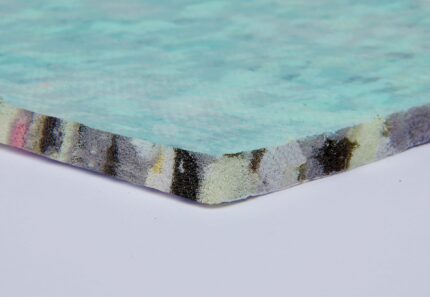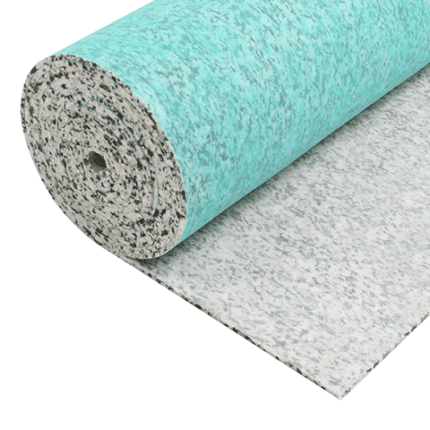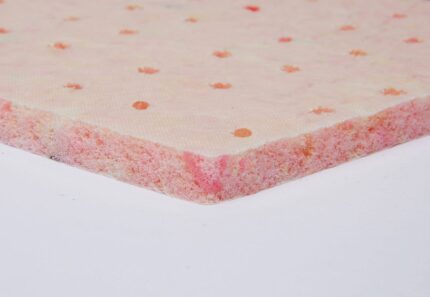8mm Carpet Underlay
As far as underlays go, 8mm carpet underlays are fairly thick, with the thickest being around 12mm. QA Flooring has compiled our top 8mm carpet underlays in an assortment below. They come in different material types, such as Rubber, Recycled Materials and PU Foam.
QA Flooring’s underlays each come with a fantastic warranty and meet a range of different needs, such as increased cushioning, prolonged carpet life and appearance, compatibility with underfloor heating, and a general improvement to the evenness of your flooring.
Learn more about 8mm Carpet Underlay
As far as underlays go, 8mm carpet underlays are fairly thick, with the thickest being around 12mm. QA Flooring has compiled our top 8mm carpet underlays in an assortment below. They come in different material types, such as Rubber, Recycled Materials and PU Foam.
QA Flooring’s underlays each come with a fantastic warranty and meet a range of different needs, such as increased cushioning, prolonged carpet life and appearance, compatibility with underfloor heating, and a general improvement to the evenness of your flooring.
Sometimes, the subfloor can have imperfections such as dips and cracks. So long as these are minor, an 8mm underlay is more than enough to even out your flooring.
That being said, understand that an 8mm underlay cannot fix major evenness issues. If there are significant dips in your subfloor, then we recommend having it fixed through filling compounds. Long spirit measures can help identify major faults in the floor by measuring the overall evenness, and you can then fill the areas that require it before putting underlay down.
An 8mm carpet underlay can be used more or less anywhere with different effects, but the most likely candidates are:
- Bedrooms – Someone’s bedroom is their personal space, and, obviously, a place for them to sleep. As a result, comfort is the highest priority. Whether this also includes other luxuries, such as underfloor heating, is optional – but either way, this will add to the plushness of a carpet and you’ll find an underlay with us that works for your bedroom.
- Living Rooms – Your living room is typically the place you, your family and your guests go to relax. It pays, then, to ensure it’s as comfortable as possible. An 8mm carpet underlay goes a long way in ensuring that, on top of keeping your carpet as nice as possible.
- Studies/Home Offices – Typically, these areas have few distractions to ensure productivity. An 8mm carpet underlay will enhance this feeling, ensuring that you can relax and be productive at the same time.
This question is true if you’re asking about the same material. But the fact of the matter is, thickness is not the only quality of an underlay to consider if thermal insulation is your goal. After all, if you choose a material that is loosely woven, then it may feel good, but it won’t retain much heat compared to a denser option.
Here are two things to consider when looking for thermal insulation:
- Material – Some materials have a different overall interior structure than other materials. Rubber, for example, is dense and can withstand high foot traffic, whereas closely knit felt retains heat very well and even feels warm to the touch.
- Tog Rating – In truth, this rating is more or less all you need to find out how well your underlay insulates heat. Tog Rating is used for more than carpets, but all you need to understand is that the higher the rating, the better it performs in terms of heat retention.
Short pile carpets are typically not considered comfortable and are bought for cost-effectiveness, cleanliness and being typically strong as far as carpets go. As a result, an underlay that emphasises comfort is one of the greatest improvements you can make to short-pile carpet flooring, and an 8mm underlay may be the right choice.
Every underlay has potential downsides depending on your needs and wants, but there are some potential issues that arise if you don’t consider the following:
- Compatibility – Some underlays are not compatible with certain features, such as underfloor heating.
- Floor Height – Increasing floor height may cause issues with some room functions if it exceeds certain levels, such as the ability to open and close your door.






